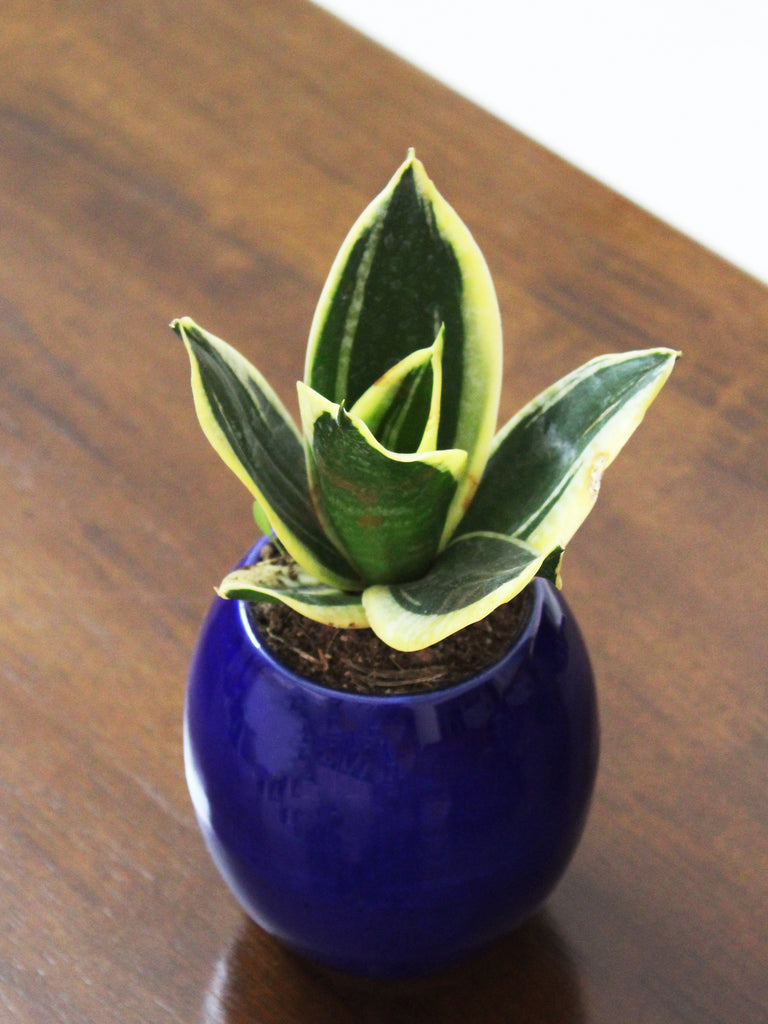Mold thrives in damp, poorly ventilated spaces, and while it can be managed with cleaning and dehumidifiers, adding houseplants offers a natural, eco-friendly solution.
Certain indoor plants have air-filtering properties that reduce airborne toxins and trap mold spores, making your environment less hospitable for unwanted growth.
Plus, they add a calming touch of greenery, making your space both healthier and more inviting.
1. Peace Lily
The Peace Lily is a favorite among indoor gardeners because it’s low-maintenance and highly effective at filtering toxins. It absorbs excess moisture from the air, which helps reduce humidity—a key factor in preventing mold. Its broad, glossy leaves also trap dust and spores, naturally cleaning the air around you.

Aside from its mold-controlling benefits, the Peace Lily produces elegant white blooms that brighten up any room. This plant thrives in low light, making it ideal for bathrooms, basements, or corners that don’t get much sun—areas where mold is most likely to develop.
2. English Ivy
English Ivy is well-known for its ability to reduce airborne mold spores and allergens. Studies have shown that it can significantly cut down mold levels in just 24 hours, making it a powerhouse plant for air purification.

This trailing vine looks stunning in hanging baskets or cascading down shelves, while quietly working to freshen your air. English Ivy prefers indirect light and slightly moist soil, making it a versatile choice for various rooms, especially areas that struggle with ventilation.
3. Spider Plant
The Spider Plant is one of the easiest plants to care for, and it’s excellent at removing airborne mold spores and toxins. Its long, arching leaves not only add a lively, decorative flair but also absorb moisture and pollutants from the air.

Another bonus? Spider Plants produce “babies” or plantlets that you can easily propagate and spread around your home. The more you have, the greater your mold-fighting coverage across different rooms.
4. Boston Fern
Boston Ferns are natural humidifiers, helping to balance indoor moisture levels by absorbing humidity. This makes them especially effective in damp areas prone to mold growth, such as bathrooms or kitchens. Their lush, feathery fronds also act as natural air filters, reducing mold spores and toxins.

Though they require a little more care—like regular misting and indirect light—the payoff is worth it. A thriving Boston Fern not only beautifies your home but also contributes to a fresher, healthier environment.
5. Areca Palm
The Areca Palm is more than just a tropical beauty; it’s an efficient air purifier. This plant helps regulate indoor humidity by releasing moisture into the air, creating a balanced environment that discourages mold growth.
)
Its tall, arching fronds make it a stunning centerpiece for living rooms or office spaces. Beyond its aesthetic appeal, the Areca Palm provides consistent mold-control support while giving your space a bright, refreshing atmosphere.
6. Rubber Plant
The Rubber Plant is another powerful air purifier, known for its broad, thick leaves that absorb toxins and filter out mold spores. It’s a hardy plant that thrives in indirect light and doesn’t need constant attention, making it perfect for busy households.

In addition to reducing mold risk, the Rubber Plant adds a bold, modern touch to your decor. Its dark green leaves make it an eye-catching statement piece, while quietly working behind the scenes to improve your indoor air quality.
7. Aloe Vera
Aloe Vera is widely known for its healing gel, but it’s also a great addition to your home for mold control. This succulent absorbs airborne pollutants and helps regulate indoor air quality, particularly in sunny, humid spaces where mold can thrive.

Its low-maintenance nature makes it perfect for beginners. Place Aloe Vera in a bright spot, and you’ll have a dual-purpose plant that not only purifies your air but also provides a handy natural remedy for cuts and burns.
8. Bamboo Palm
The Bamboo Palm is a natural dehumidifier, drawing in excess moisture from the air and helping reduce mold buildup. With its graceful, feathery fronds, it creates a tropical atmosphere while working hard to filter toxins.

It thrives in indirect light and is safe for households with pets, making it a family-friendly choice. If you want a plant that balances style with function, the Bamboo Palm is an excellent addition.
9. Snake Plant (Mother-in-Law’s Tongue)
The Snake Plant is famous for its resilience and its ability to improve indoor air quality. Its upright, sword-shaped leaves absorb toxins and pollutants, including those that encourage mold growth.

It’s nearly indestructible and requires very little care—perfect for people who want the benefits of cleaner air without the fuss. The Snake Plant also releases oxygen at night, making it a great option for bedrooms prone to moisture.
10. Dracaena
Dracaena varieties, with their striking striped leaves, are effective air purifiers that reduce mold spores and allergens. They absorb harmful toxins like formaldehyde and benzene, which often accompany mold in damp environments.
These plants are available in many forms and sizes, from tabletop styles to tall floor plants. With moderate care, Dracaena can transform your indoor space into a cleaner, mold-resistant environment.
Conclusion
With the right mix of 10+ indoor plants—Peace Lily, English Ivy, Spider Plant, Boston Fern, Areca Palm, Rubber Plant, Aloe Vera, Bamboo Palm, Snake Plant, and Dracaena—you can naturally combat mold growth in your home.
These plants don’t just look good; they also work as natural air purifiers, reducing spores, toxins, and humidity levels.
Incorporating them into your living spaces is a simple, affordable, and eco-friendly step toward a healthier, fresher home.
Whether you’re decorating your living room, bathroom, or office, these mold-fighting plants will bring you cleaner air and a calming green oasis indoors.
